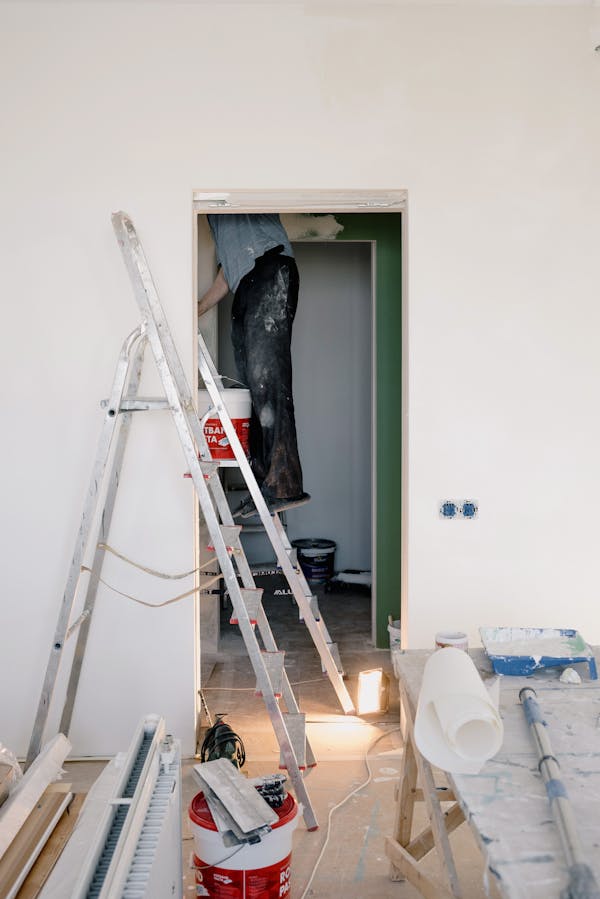Foundation damage can sabotage your property’s value and structural safety. Fortunately, modern repair techniques provide cost-effective and sustainable solutions.
The best way to avoid foundation damage is to follow a regular inspection and foundation health checklist. Other preventative measures include implementing a proper drainage system and avoiding planting trees too close to your home. Discover more at foundation repair Pearland TX.
Concrete Piers
Concrete serves as the backbone for many structures, providing durability and stability. However, weathering and construction practices can deteriorate the integrity of these components over time. Frequent inspections and timely repairs can reduce the impact of these factors.

If you notice cracks or gaps in your foundation, schedule a repair immediately. This will prevent further damage and increase the lifespan of your home. Also, make sure that gutters are functioning properly to keep rainwater from pooling near your foundation.
When it comes to foundation repair, the most economical and long-lasting solution is drilled concrete piers. These piers can lift your house to its original position and help prevent future settling in the area. They are ideal for repairing slab-on-grade foundations in areas with expansive clay soils. They can also elevate heaving and settled foundations to avoid costly demolition. For the best results, choose a professional that uses a proven and permanent Bell Bottom Pier repair method.
High-Density Polyurethane Foam
Whether you notice cracking concrete or sinking sidewalks and driveways, these signs are often associated with unstable foundation soil. Foam jacking can fill the voids and eroded areas and improve the soil base, which helps stabilize your home’s structure.
Unlike concrete, high-density polyurethane foam is a dense material that’s both strong and flexible. It’s also water-resistant, which means it doesn’t lose its shape after a period of time. The versatility of this foam is why it’s commonly used in automobiles, furniture and other industries.
After identifying the weak or damaged area, a URETEK representative will prepare it by drilling penny-sized holes into the foundation. Each hole is an injection site for the polyurethane foam, which begins expanding within seconds. This process is over 80% faster than alternative methods and can be completed in hours rather than days or weeks. Polyurethane also eliminates shrinkage during the injection process and offers unparalleled precision. It’s even possible to adjust the leveling of the injected foam.
Steel Piers
Many homes in Pearland suffer from foundation damage caused by soil movement and the lack of adequate drainage systems. This can lead to the need for underpinning piers, which are hydraulically driven deep underground to provide support for your foundation and lift it off of unstable soils.
This repair method may require a longer construction timeline than other options, but it offers a long-term solution and reduces future costs. It also provides minimal disruption to your home and can increase its resale value.
Unlike the low quality “pushed pile” method that is used by most foundation contractors, steel piers are drilled to bedrock or load-bearing strata to stabilize your foundation and transfer its weight off unstable soil. The direct support they provide is a significant advantage over bracketed piers, which can cause angle issues and compromise structural integrity. However, they do not offer as many aesthetic design options as concrete piers. They are also susceptible to corrosion, which requires regular maintenance and coating.
Trees
Many homeowners enjoy the shade and wind-blocking benefits of trees on their property. But if these trees are too close to the house, they can cause foundation issues. Certain types of trees, such as oaks and maples, have deep roots that can disrupt underground utilities and invade foundations.
If you notice cracks in walls and ceiling, doors and windows that no longer open and close properly, or sloping floors, your home may have a foundation problem. Addressing these problems early on can prevent them from becoming worse and reduce the overall cost of repairs.
When it comes to foundation repair, regular inspections and expert assessments are key. A trusted professional can identify the source of the problem and recommend the best solution, which may include raising the slab or installing root barriers. Ask your foundation specialist if they can provide you with an estimate that includes the full range of repair options. They should also explain the pros and cons of each option, so you can make an informed decision.